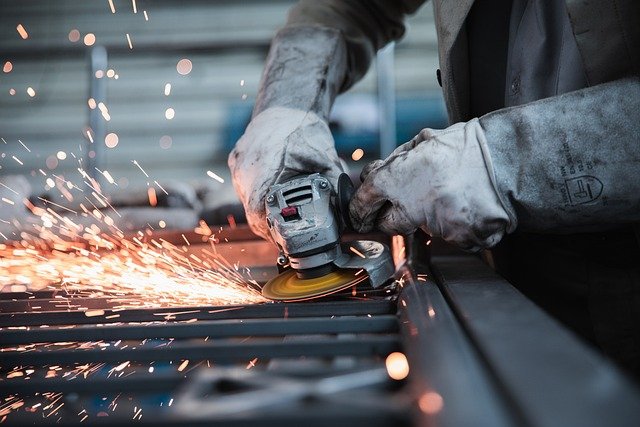Metal Fusion: The Power of Modern Welding Equipment
Discover the transformative world of welding technology, where cutting-edge machines forge unbreakable bonds in metal. From intricate artistic projects to massive industrial endeavors, these sophisticated tools are the unsung heroes of our metallic landscape. Dive into the realm of welding equipment and uncover how these innovative devices are shaping the future of manufacturing, construction, and beyond.

The art and science of welding have come a long way since its inception, with modern welding equipment standing at the forefront of metal joining technology. These advanced machines harness various energy sources and techniques to create robust, lasting connections between metal components. Let’s explore the diverse landscape of welding technology and its impact on industry and craftsmanship.
Types of Welding Machines
-
Arc Welding Systems: The cornerstone of many welding operations, arc welders use electrical current to generate intense heat. This category includes popular methods like MIG (Metal Inert Gas) and TIG (Tungsten Inert Gas) welding.
-
Flame-Fueled Welders: Harnessing the power of combustible gases, these machines—like oxy-acetylene welders—produce a controlled flame for precise metal fusion.
-
Electrical Resistance Units: These innovative devices leverage the principle of electrical resistance to join metals at specific contact points, with spot welding being a prime example.
-
Laser Welding Technology: Cutting-edge laser welders offer unparalleled precision and speed for specialized applications, making them ideal for industries requiring microscopic accuracy.
-
Plasma Arc Systems: Utilizing ionized gas, these machines generate a high-temperature plasma arc, perfect for welding thick materials or performing underwater operations.
The Science Behind the Weld
At its core, welding is about creating a molten pool that, upon cooling, forms a strong metallic bond. However, the method of heat generation varies significantly across different welding technologies:
- Arc welders create an electric arc between an electrode and the workpiece, reaching temperatures up to 6,500°F (3,600°C).
- Gas welding systems combine fuel gas and oxygen to produce flames capable of hitting 5,700°F (3,150°C).
- Resistance welders pass high electric currents through contact points, generating heat through the metal’s inherent electrical resistance.
Selecting the Ideal Welding Machine
Choosing the right welding equipment is crucial for project success. Consider these key factors:
- Power Output: Measured in amperes, this determines the machine’s ability to weld different metal thicknesses.
- Operational Capacity: The duty cycle indicates continuous operation time before cooling is necessary.
- Power Requirements: Some units need specialized power sources, while others can operate on standard household circuits.
- Mobility: Weight and size are important if the machine needs frequent relocation.
- Material Compatibility: Ensure the welder is suitable for your specific metal types.
- Advanced Features: Look for adjustable settings, safety protections, and multi-process capabilities.
Prioritizing Safety in Welding Operations
Welding can pose significant risks if proper precautions are ignored. Essential safety measures include:
- Wearing comprehensive personal protective equipment (PPE)
- Ensuring adequate ventilation to prevent fume inhalation
- Maintaining a fire-safe environment with nearby extinguishers
- Implementing proper electrical grounding techniques
- Conducting regular equipment inspections and maintenance
- Adhering to manufacturer guidelines and receiving proper training
Enhancing Industrial Efficiency Through Welding Technology
Modern welding machines are pivotal in boosting industrial productivity:
- Automation Integration: Many welders can be incorporated into automated production lines, enhancing output and consistency.
- Versatile Process Capabilities: Multi-process machines reduce the need for multiple equipment pieces.
- Precision Control: Advanced systems offer fine-tuned parameter adjustments for superior weld quality.
- On-Site Solutions: Portable welders enable immediate repairs and fabrication, minimizing downtime.
- Energy Conservation: Newer models boast improved energy efficiency, reducing operational costs and environmental impact.
As we progress into an era of advanced materials and manufacturing techniques, welding machines continue to evolve. These indispensable tools are not just joining metals; they’re forging the future of industry, construction, and technological innovation. From the smallest artistic creations to the largest architectural marvels, welding equipment remains at the heart of our ability to shape and connect the world around us.
The ongoing development of welding technology promises even greater precision, efficiency, and versatility in the years to come. As we push the boundaries of what’s possible in metal fabrication, these remarkable machines will undoubtedly play a crucial role in turning visionary ideas into tangible realities.






